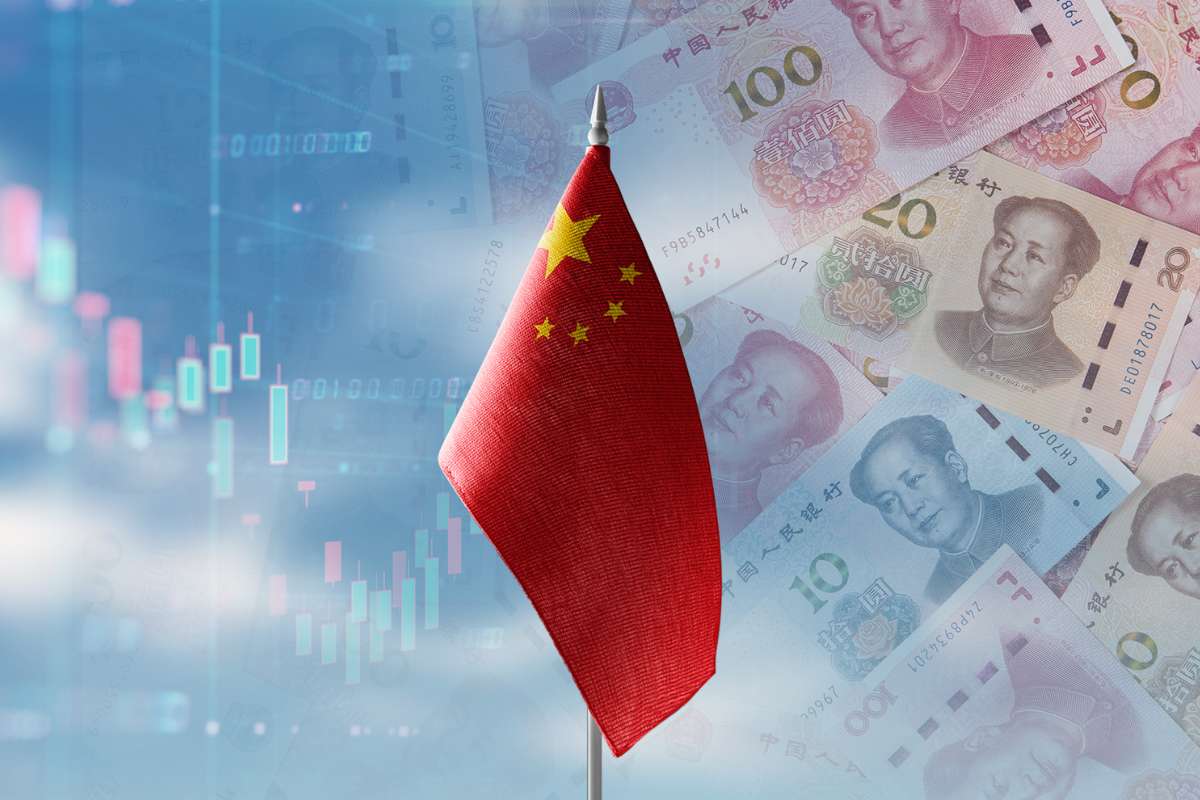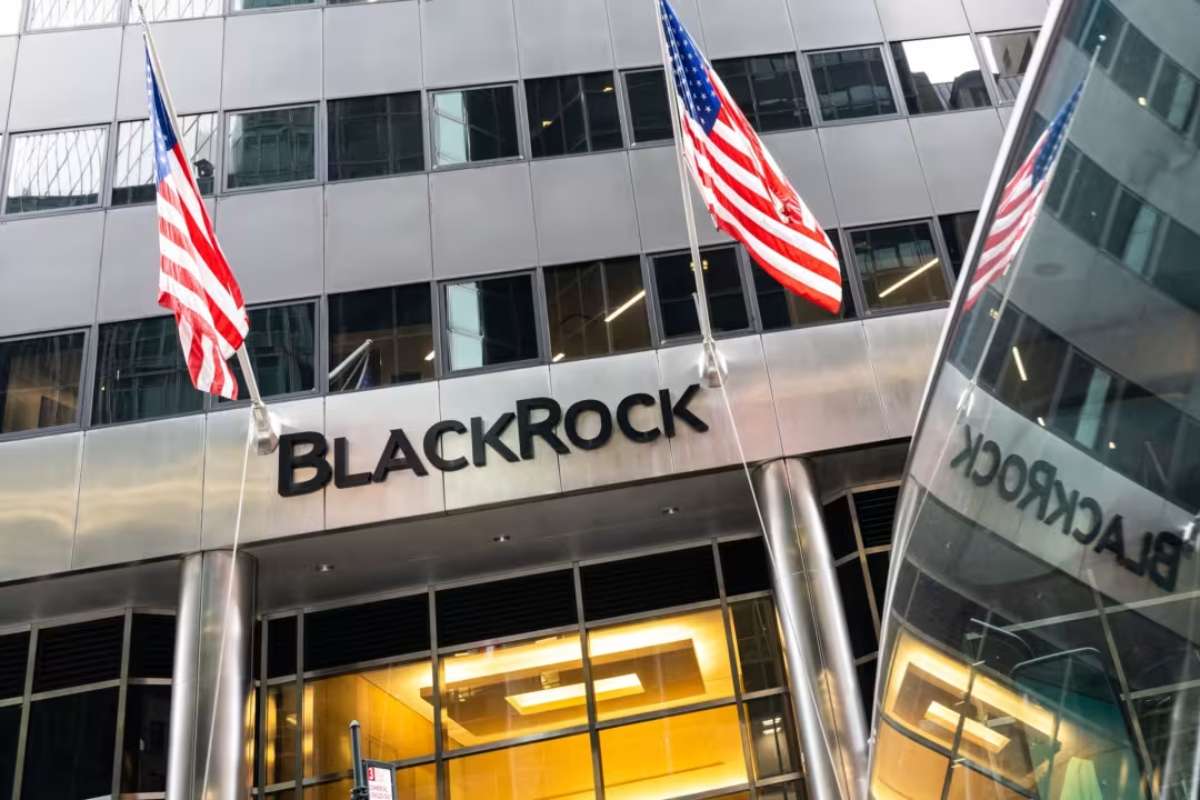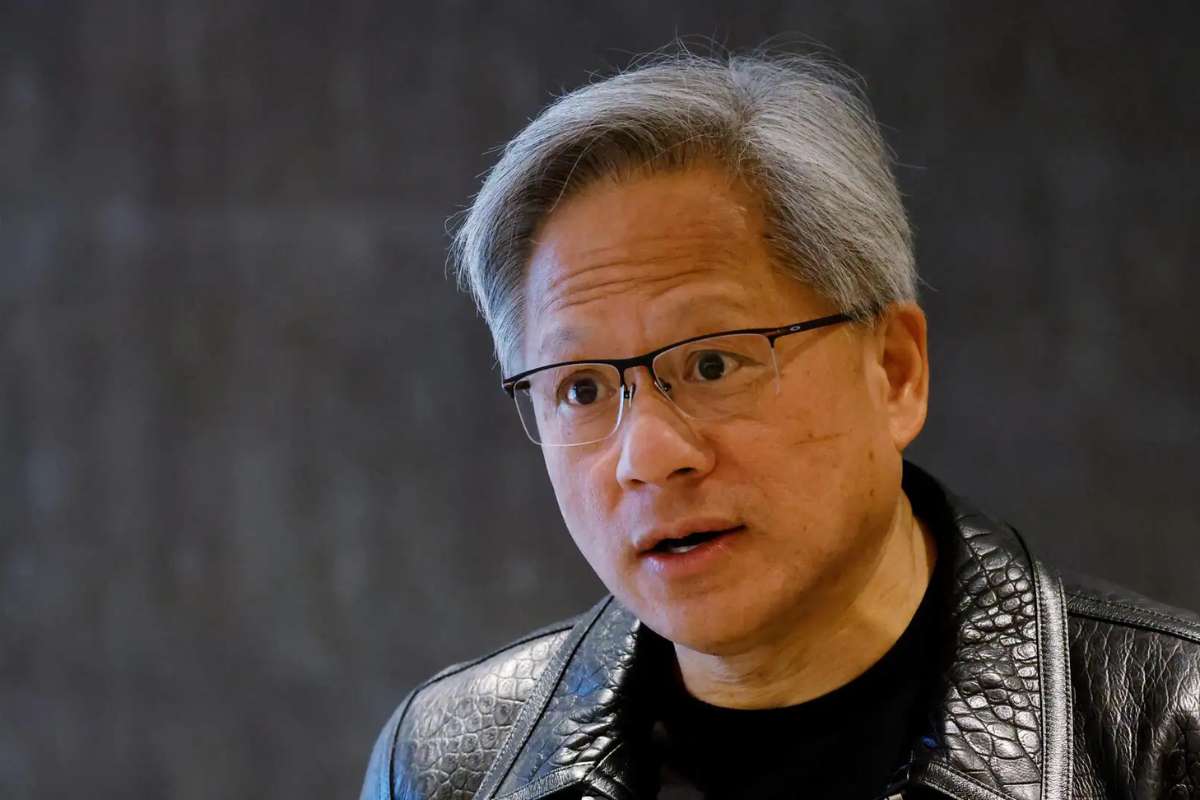China’s Producer Price Index (PPI) dropped 3.6% in June 2025 compared to a year earlier, marking the steepest fall since July 2023, according to the National Bureau of Statistics (NBS). This exceeded analysts’ expectations of a 3.2% drop and follows a 3.3% decline in May. The ongoing China’s Deflation factory-gate prices signals persistent weakness in upstream industries, particularly in energy-intensive sectors such as chemicals, metals, and electronics.
This PPI slump, now in its 21st consecutive month of contraction, has raised alarms about the depth of overcapacity in China’s manufacturing sector. Price wars in autos, EV batteries, and consumer electronics have intensified, prompting Beijing to intervene. The State Council recently issued directives aimed at curbing “involution,” or unproductive price competition, especially in strategic sectors like solar panels and new energy vehicles.
“The oversupply problem is dragging down industrial profits and undermining investment confidence,” noted Zhiwei Zhang, Chief Economist at Pinpoint Asset Management.
Consumer Prices Rebound Slightly—but Remain Subdued
On the consumer front, China’s Consumer Price Index (CPI) edged up 0.1% in June year-on-year, marking its first increase since January. Core CPI, which excludes volatile food and energy prices, rose 0.7%, the highest rate in 13 months, driven by modest gains in household appliances and transport.
The return to positive CPI territory follows a four-month China’s deflationary trend, reflecting weak domestic consumption. Analysts attribute the recovery partly to state-backed trade-in programs for cars and appliances, along with energy subsidies. However, headline inflation remains far below the government’s 2025 target of “around 3%.”
Food prices fell 2.1% year-on-year, while pork prices, often a bellwether for consumer inflation, dropped 17.6%, continuing their multi-month slide. By contrast, prices of consumer goods like TVs and air conditioners rose 2.8%, boosted by stimulus policies.
“The recovery in consumer demand is uneven and fragile. While urban households are spending more on durables, services and housing remain weak,” said Lu Ting of Nomura Holdings.
Policy Implications: Balancing Stimulus with Structural Reform
China now faces a dual challenge: stimulating demand without worsening industrial oversupply. Economists expect further monetary easing in Q3, possibly in the form of a Reserve Requirement Ratio (RRR) cut or interest rate reductions. The People’s Bank of China (PBOC) has already signaled a dovish stance but remains cautious amid currency pressures and capital outflows.
At the same time, Chinese authorities are pursuing supply-side reforms. The National Development and Reform Commission (NDRC) is cracking down on below-cost pricing and has introduced new guidelines to limit reckless production expansion, particularly in EVs and solar energy.
Longer term, economists argue that China must raise household consumption’s share of GDP, currently around 38% to ensure a sustainable business growth model less reliant on exports and construction.
“If Beijing can’t transition toward a consumer-led economy, China’s deflation trap may deepen,” warned Alicia García-Herrero, Chief Asia Pacific Economist at Natixis.
While June’s CPI uptick offers a glimmer of hope, the persistent drop in producer prices underscores the structural headwinds facing the world’s second-largest economy. China’s policymakers are now caught between jumpstarting demand and reigning in industrial bloat, a balancing act that will define its economic trajectory in the second half of 2025.
Sources:
https://www.ft.com/content/811fd0e2-be9a-4afa-98b4-0d79717903cb
https://finance.yahoo.com/news/chinas-consumer-prices-rise-first-014301482.html











